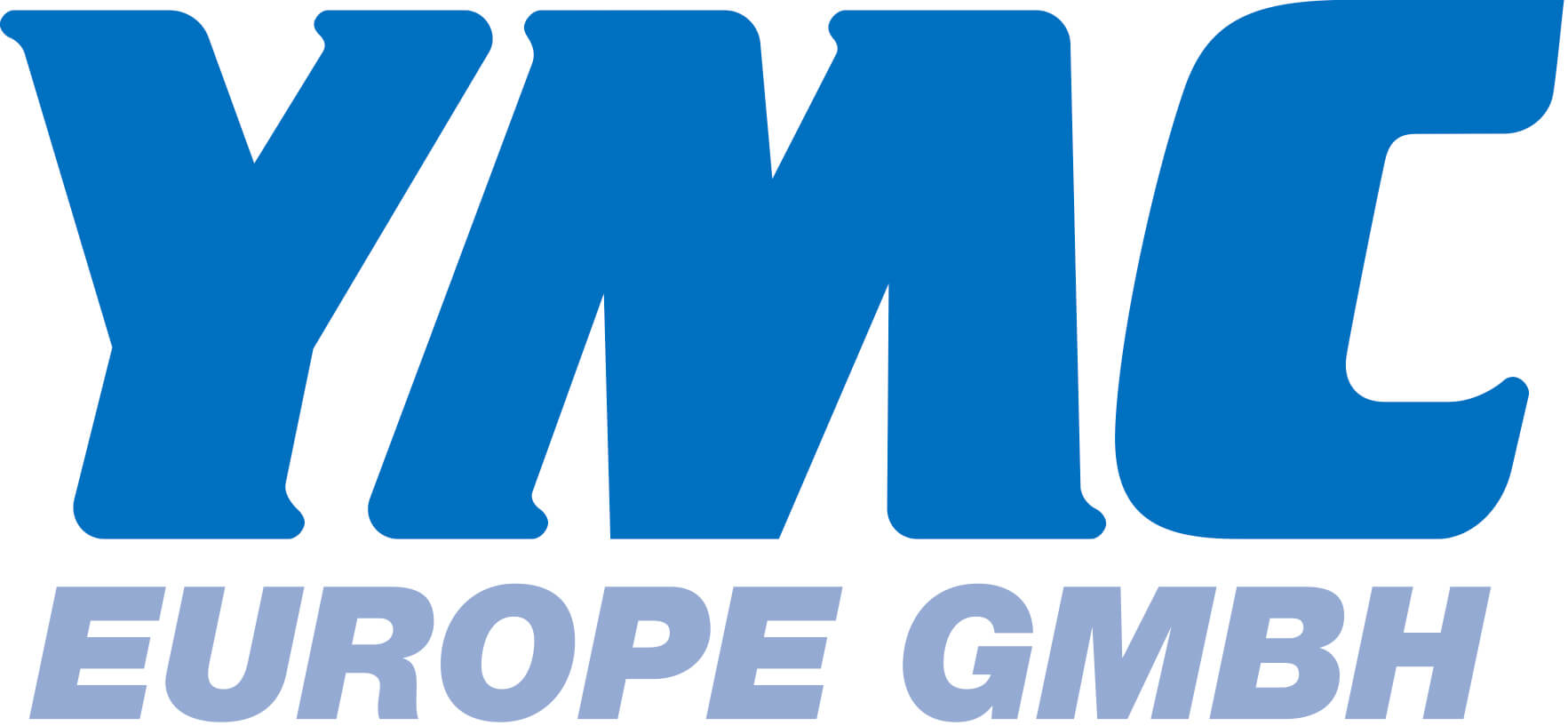This application note describes a cryogen-free method to collect and analyse ozone-depleting substances (ODS) and halogenated greenhouse gases (GHGs) in 100% humidity ambient air, which meets recent requirements for industrial monitoring in China. In this approach, automated canister sampling and preconcentration employs Markes’ UNITY– CIA Advantage-xr equipment, and is used in conjunction with a Nafion dryer for management of water vapour, and a GC–MS using selected ion monitoring (SIM).

To comply with the Montreal Protocol1 and recent Five-Year Plans in China,2,3 it has been decided to carry out pilot-scale monitoring of ozone-depleting substances (ODS) and greenhouse gases (GHGs) in factories or industrial parks that produce or use large quantities of these chemicals.
The chemicals of concern include chlorofluorocarbons (CFCs), hydrochlorofluorocarbons (HCFCs), hydrofluorocarbons (HFCs), and other haloalkanes including chloromethane, bromomethane, bromochloromethane, 1,1,1-trichloroethane and carbon tetrachloride.
China has already phased out CFCs, and is gradually steppingup the phase-out of HCFCs. HFCs, although they do not harm the ozone layer, have a very strong greenhouse effect, and were added to the Montreal Protocol in 2016 under the Kigali Amendment.
This application note demonstrates the quantitative analysis of ODS and halogenated GHGs without use of cryogen, in accordance with the requirements for detection limits and data quality stipulated in a document released by the China National Environmental Monitoring Centre.4 The analysis system includes a canister autosampler, a device for water vapour removal, a thermal desorption instrument, and a GC–MS analyser used in SIM mode. The system is capable of monitoring samples with 100% relative humidity (RH) and achieving qualitative and quantitative analysis of 34 ODS and halogenated GHGs.





